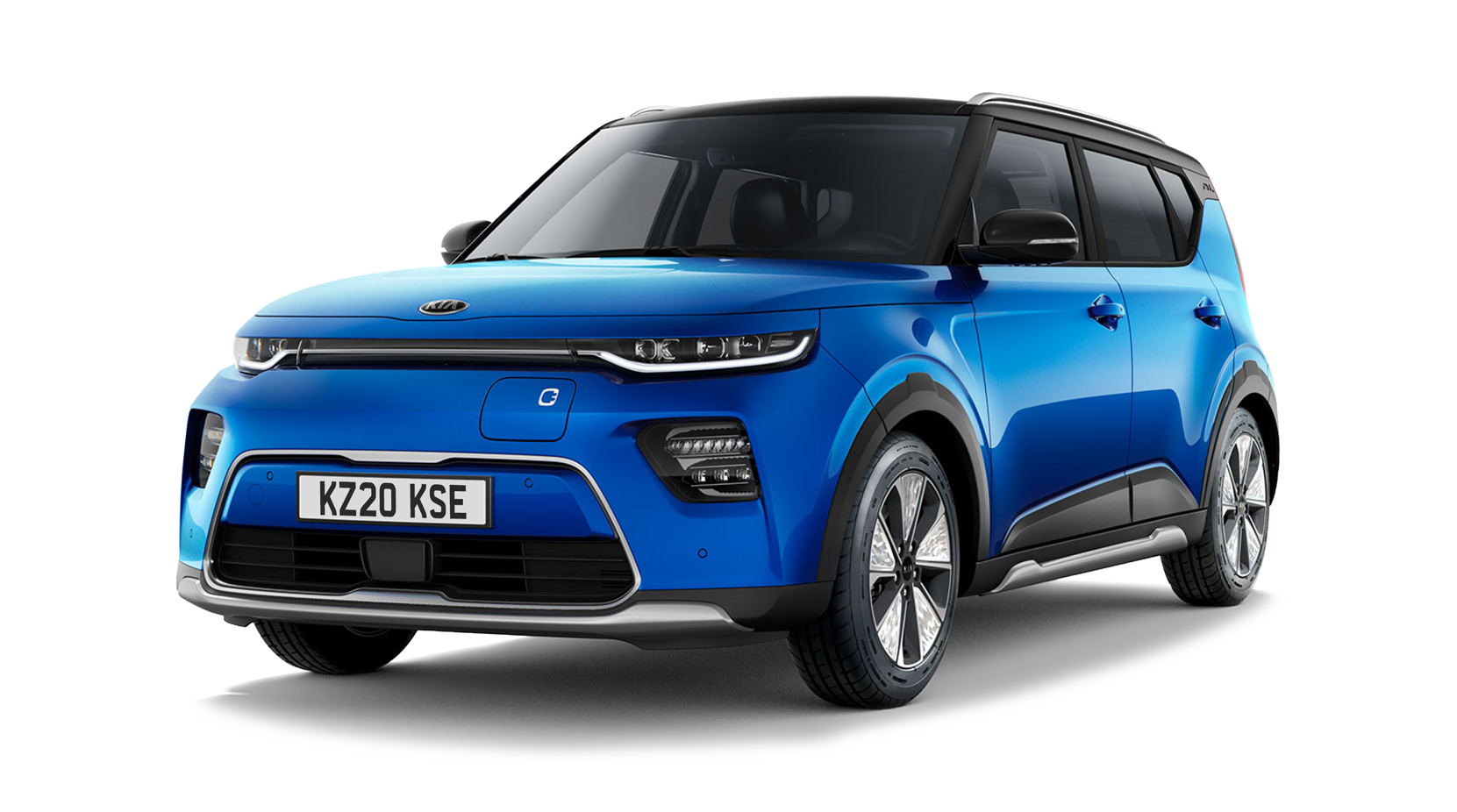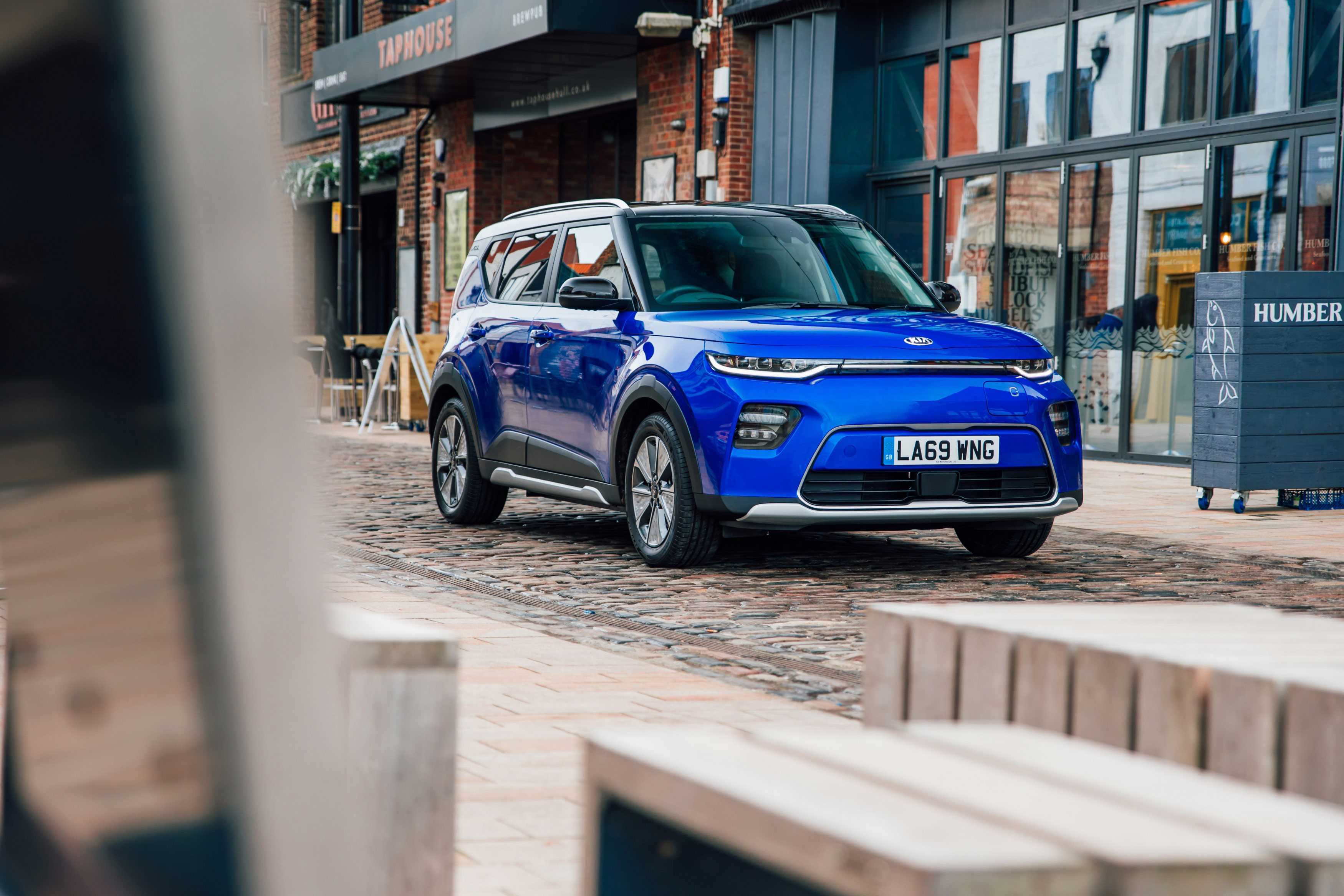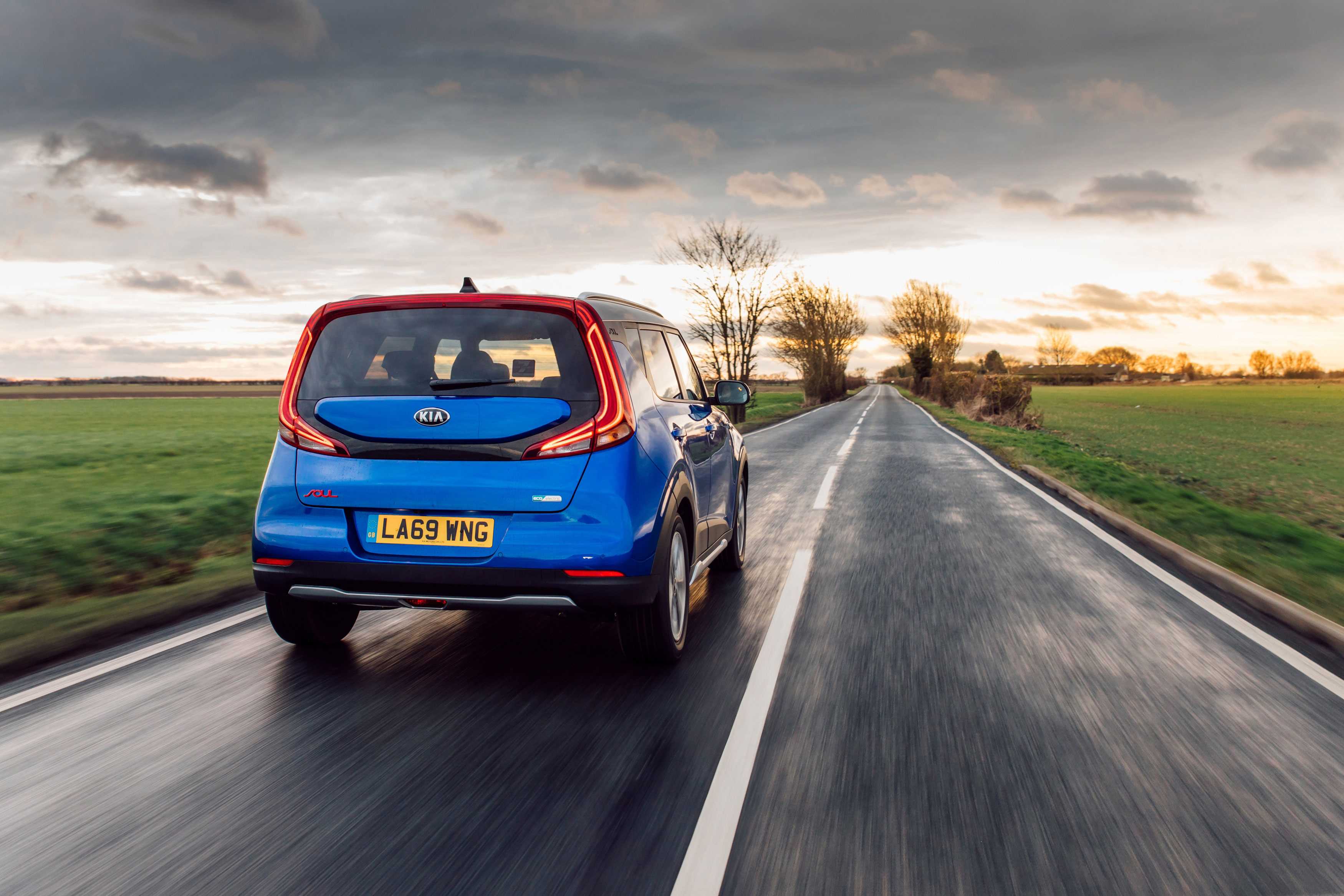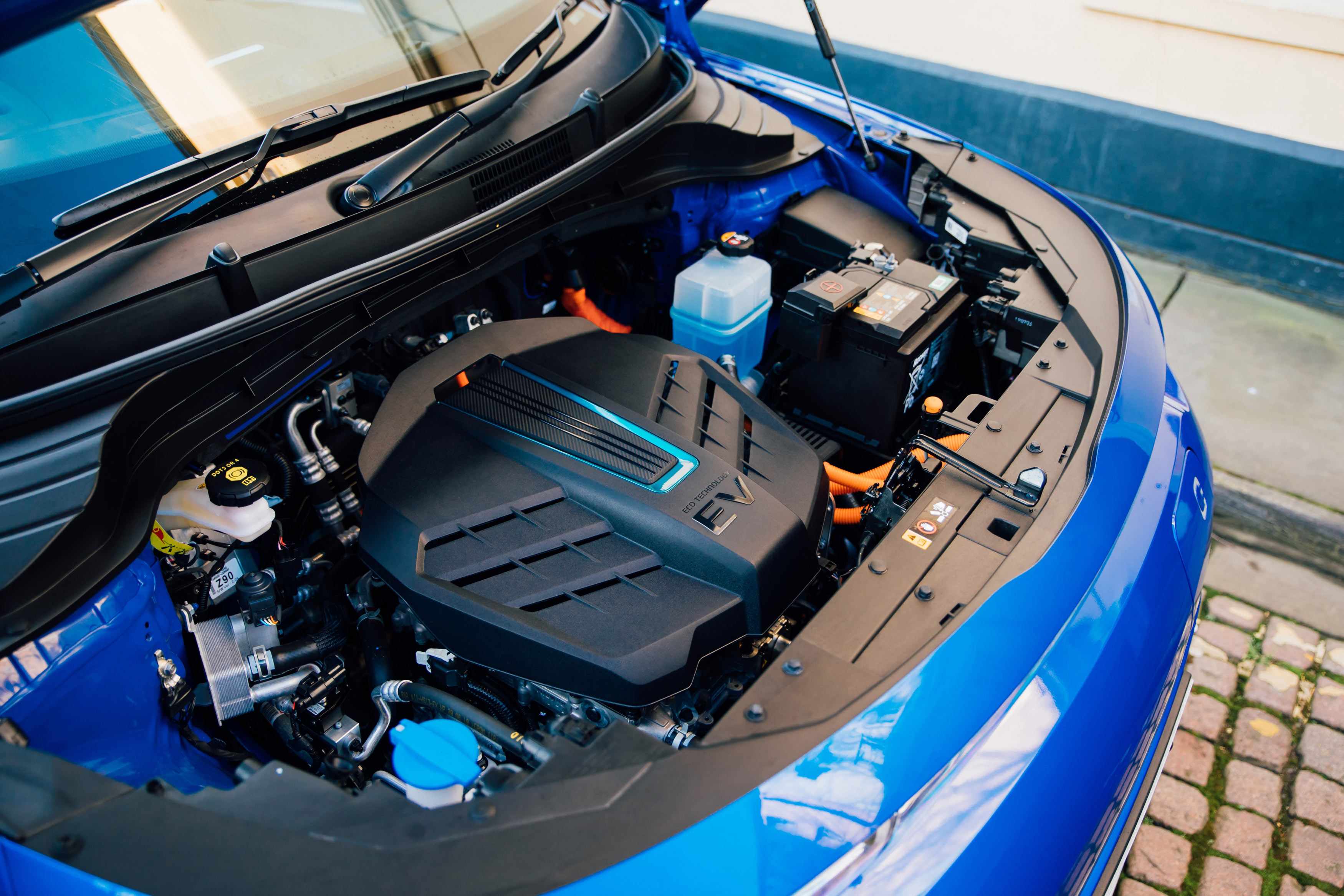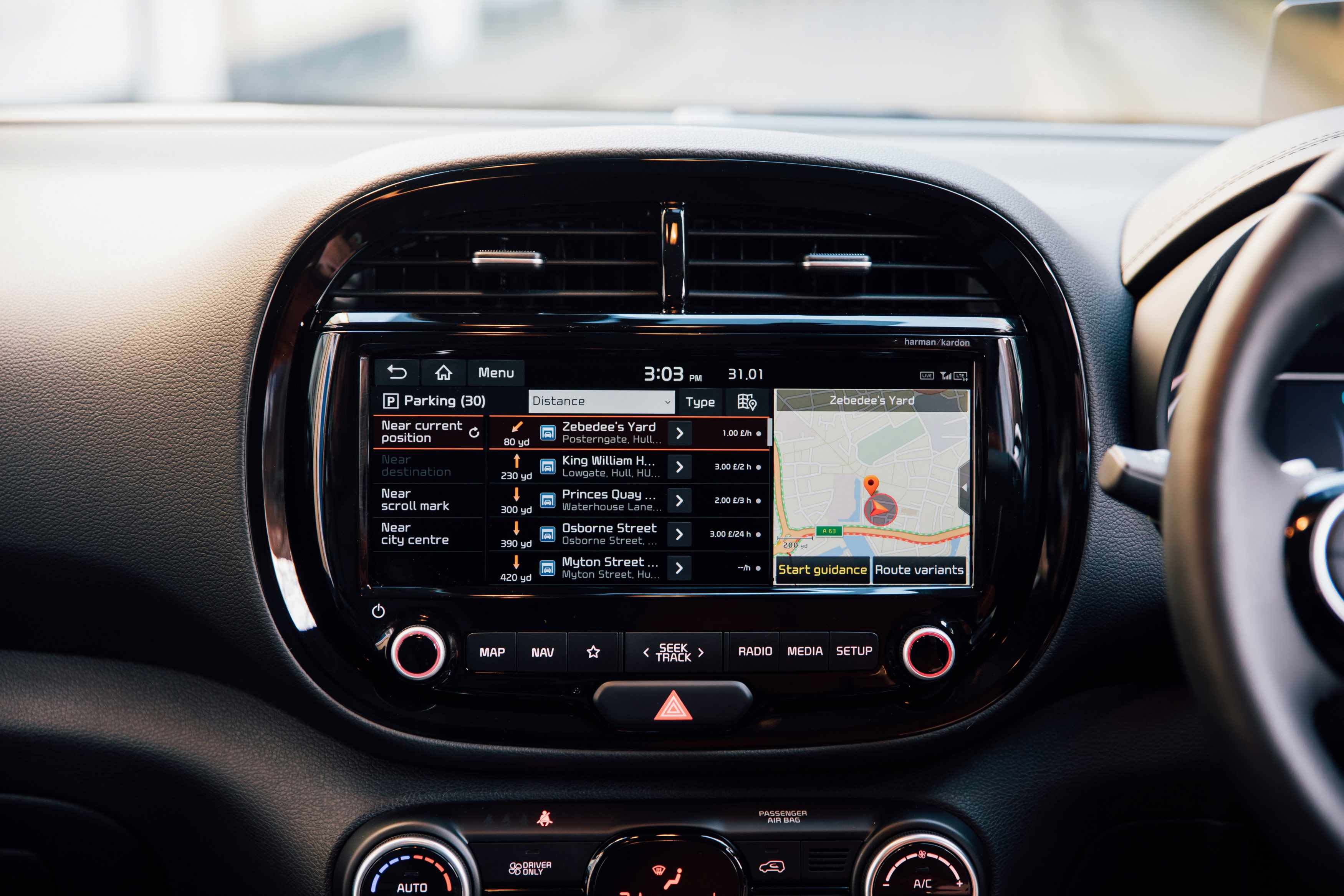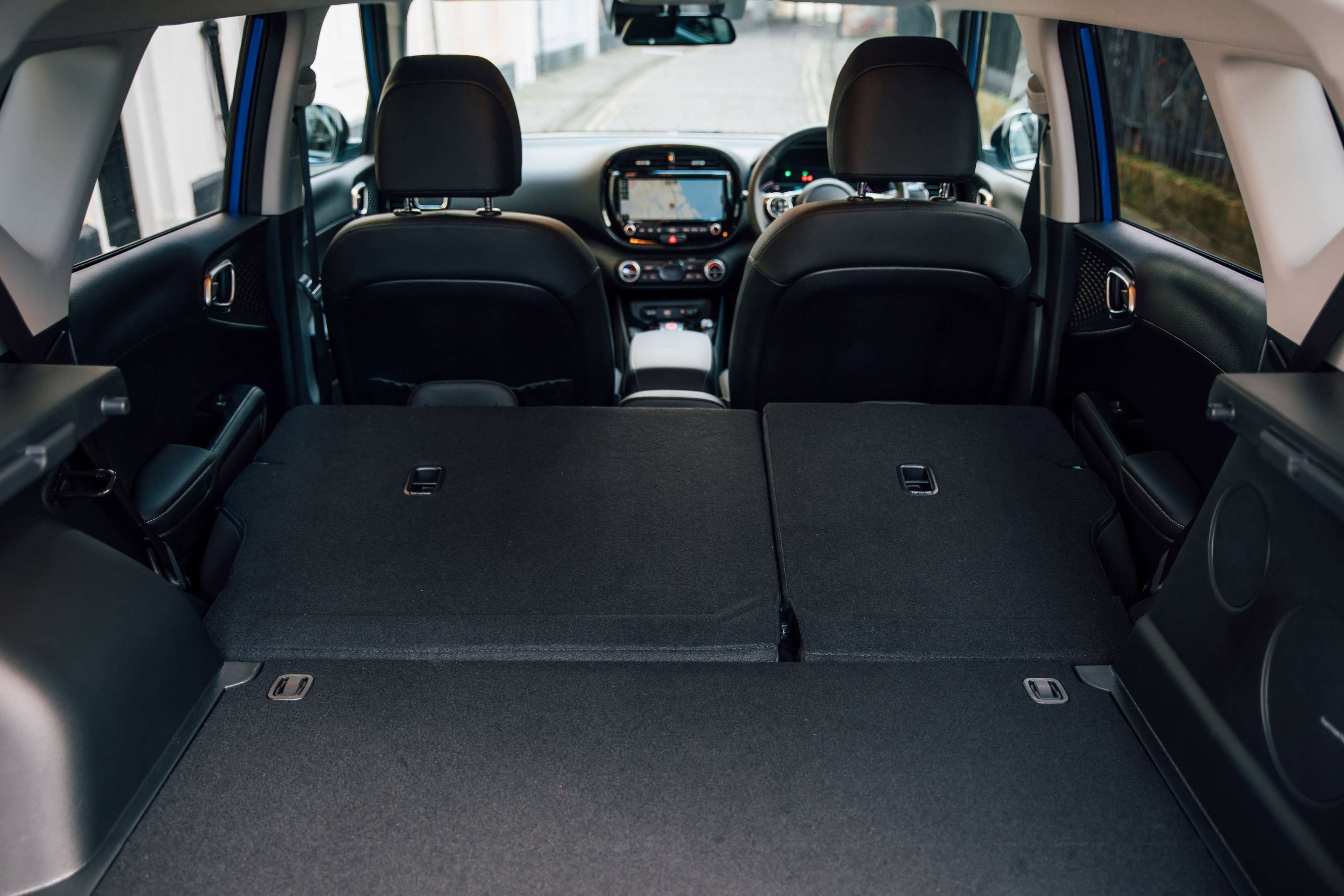The SUV market is massive so it’s no surprise that many manufacturers are using these models to launch their new-age electric vehicles. Kia is one of these companies, being ahead of the game by fitting an electric powertrain to its funky Soul back in 2014.
It was launched with just one high-specification trim level and retained the fun looks inside and out that had made the regular Soul such a hit with buyers. It had 132 miles of range, which although dwarfed by newer models, was actually class-leading at the time and should still make this appealing to city dwellers.
A new model was introduced in 2019 with a choice of two powertrains. The smaller is more comparable to the outgoing model but still has a longer range of 172 miles, while the larger battery pack more than doubles its predecessor’s range at 280 miles.
Prices
With electric vehicles growing in popularity but new models being pretty pricey to buy outright, used examples have held their value pretty well. As such, despite being about six or even years old, early examples have only just started to dip under £10,000. Expect around 30,000 to 50,000 miles on the clock.
That being said, Kia sold relatively few of those early cars, so there aren’t too many to be found in the classifieds. It wasn’t until later in its life, just before the new model was introduced, that sales started to kick off.
As such there can be quite the leap in prices. While those early cars are around £10,000 to £15,000, the new generation models start at around £25,000, though most do have the larger battery.
Because these models are only sold in a single trim the only choices to look out for are battery sizes in 2019 models onwards. In early versions, there was a choice of just two colours – blue body work with a white roof or all silver, while the on-board equipment included cloth upholstery, eight-inch infotainment screen, air conditioning and 16-inch alloy wheels.
Later models get a 10.25-inch widescreen infotainment system that has excellent connectivity with smartphone devices, while a series of advanced safety systems are available.
Spotting a Kia Soul EV
You’d have to look pretty closely to spot an electric Soul from its petrol-powered relatives because Kia was keen to keep the models as close as possible so they could be assembled on the same production line.
The clearest indication is the lack of a radiator grille on the front of the car, while the fuel filler cap has been removed and the rear lights get a unique design. You might also notice some small changes inside – to fit the batteries beneath the floor, there’s a bit less legroom, while the boot space is down 31 litres to 281.
It’s much easier when it comes to 2019 models and newer. Because the first generation Soul EV was actually selling better in electric form in Europe than its petrol versions, Kia decided to only sell the latest model as an EV here.
Top tech
The Soul EV had a class-leading powertrain at launch, and as such, while it lags behind some of the big players today, it’s still on par with many of the smaller-range electric vehicles that have been released in the past 12 months.
The original model had a 109bhp electric motor with a 27kWh battery pack that provided that 132-mile range between charges. It’ll go from 0-60mph in just over 10 seconds, so it’s far from spritely but has enough performance to not be frustrating on the urban commute.
Where it lags a little behind more modern EVs is its charging speed, with a 0-80% charge – or about 100 miles of range – taking about half an hour.
In the newer model there’s a choice between short- and long-range batteries. Starting with the smaller of the two, it has a 39.2kWh capacity that provides a range of up to 172 miles, while the electric motor has a 134bhp output.
Finally the new model’s larger battery, which has a 64kWh capacity that provides up to 280 miles of range between charges. This model has a more powerful electric motor that makes 201bhp.
Both models have a charging capacity of up to 100kW, which means they can be charged from 20 to 80 per cent of capacity in 42 minutes at a public fast charger. Kia says this number is the same for both models despite the different-sized batteries.
Fuel economy
As is always the case with electric vehicles, those range figures should be taken with a pinch of salt. There are many factors that dictate how much range you’ll get from a full charge, such as the type of driving you’re doing and even the temperature.
Fortunately, at the launch of the latest model Kia made some bold claims about its efficiency, with official test figures showing that the smaller battery was 30 per cent more efficient than the then-best-selling EV in Europe, with the bigger battery being 24 per cent better off, making it one of the most efficient EVs in its class.
To make the most of that efficiency, though, the Soul is best-suited to inner city driving. Like most EVs it has regenerative braking, which is a clever process to capture heat energy normally lost when braking and use it to top up the batteries, increasing range. Steady motorway speeds where braking is at a minimum will drain the battery much quicker.
What goes wrong?
One of the big benefits of an electric vehicle is that the simplicity of the powertrain makes it much more reliable than a combustion-engined vehicle, and that’s true of the Kia Soul EV because there have been very few problems reported by owners over the years.
In fact, the regular Soul has scored very highly in owner satisfaction surveys, while Kia as a whole always performs well.
Of further comfort is the fact that all Souls come with Kia’s seven-year/100,000-mile warranty, so only the very earliest models will be coming to the end of this by now.
It’s impossible to give a definitive verdict on the Soul’s overall safety because it has never been through testing by Euro NCAP. However, it does have a good level of driver assistance systems, while other Kia models have received four and five star ratings in the past couple of years.
Charging
On earlier models Kia says the 27kWh battery can be charged from 0-80% capacity in about half an hour at a public rapid charger, five hours at a fast charger, or up to 13 hours from a domestic plug socket.
Each model came with a red adaptor cable for public charging, so it’s worth making sure this is sold with the car when picking up a used example. The charging cable connects to the car through a flap in the blanked off front grille.
On newer models, all cars come with Combined Charging System (CCS) DC charger, with both battery packs taking under 45 minutes to charge from 20 to 80 per cent at a 100kW public charger.
These models also work with a smartphone app that lets you check your charge status remotely and stop or restart charging at the tap of a button. This can be useful when charging at home as you can plug the car in and pause charging until cheaper tariffs kick in overnight.
Summary
The Soul EV is everything we like about Kia, with funky styling and excellent build quality, packaged up in a usefully practical electric vehicle. Older models have decent range but are best-suited to urban commuters, but newer examples have a hugely impressive range and fast charging.
Because of high demand, nearly new examples hold their value incredibly well. With this in mind, it might be better to look for new models, and benefit from low depreciation. If your budget doesn’t stretch that far, five-year-old-plus examples can be had for around £10,000 and still promise similar range to some at the lower end of the new market, making them a great value proposition.










